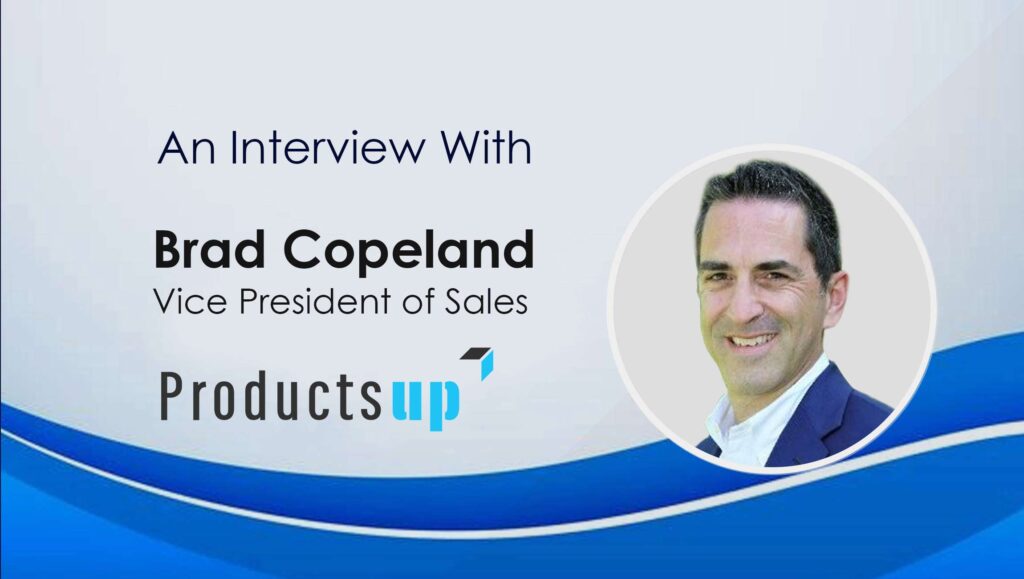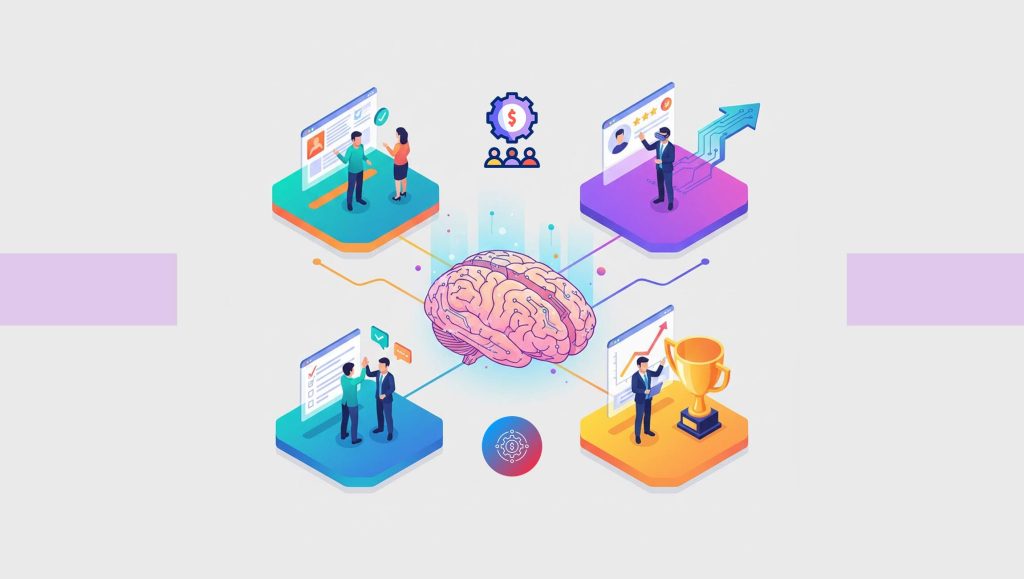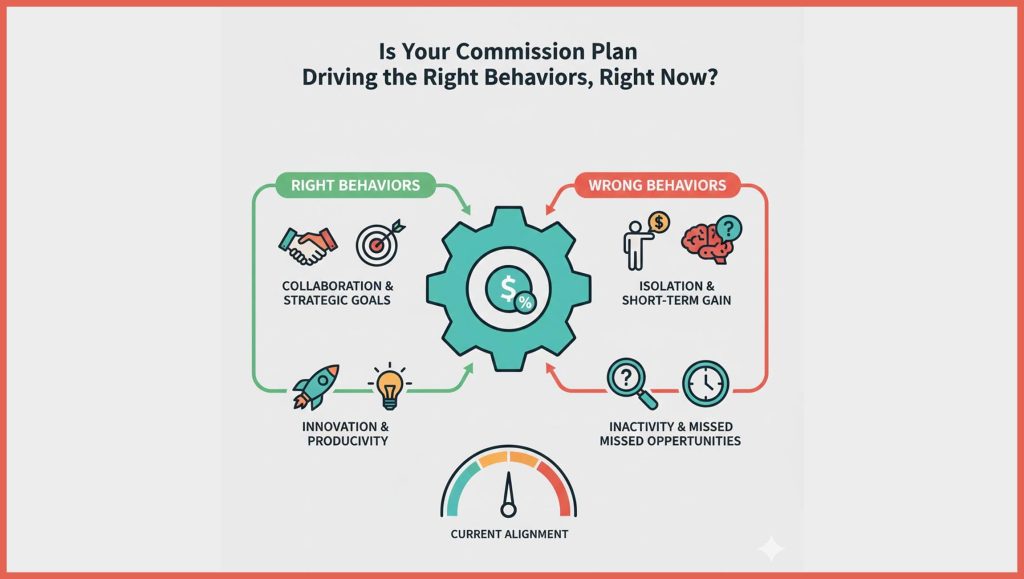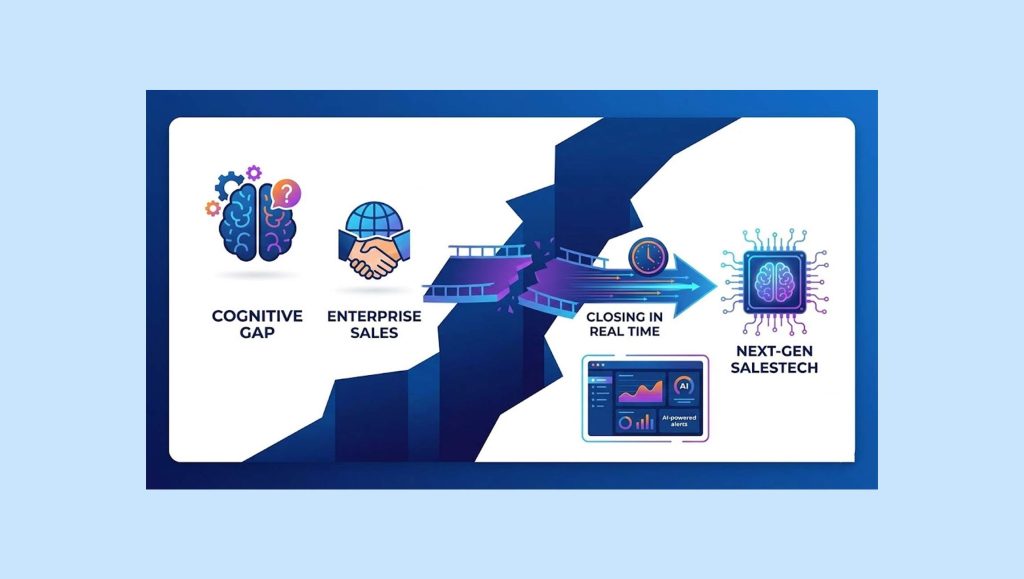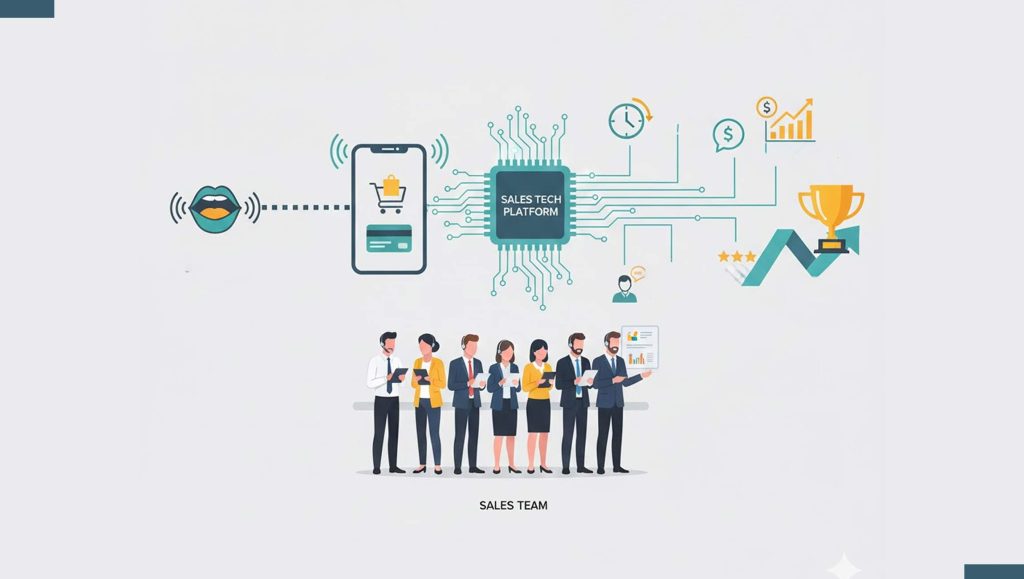Brad Copeland, Vice President of Sales at Productsup talks about a few sales tactics that needs to change in today’s typical B2B selling models in this quick catch-up: _______ I’ve worn many hats throughout my 25+ years of professional experience, from sales representative to vice president. I’ve approached each of these positions with an entrepreneurial-first mentality. To me, that means understanding all facets of a company’s product or service, which allows you to better communicate with prospects and customers. From my experience, especially in the technology and martech spaces, I’ve learned that technology is always evolving and that it is essential to evolve with it. I’m a technologist at heart, and finding opportunities for technology to optimize mundane processes is imperative, both professionally and personally. With today’s technology, sales processes can and should be created in a manner that allows for success to be replicated. While teams should always prioritize communication, it is equally important to have procedures installed that allow anyone on the team to see a consistent level of success. I also think it is valuable to reference previous case studies to clients to show how products/services have helped other clients in the past. Never feel like you can’t share your company’s success stories with clients. Share your success with pride! I believe new sales leaders should always be honest with customers, even if that is challenging. For starters, the customer is not always right, and acknowledging this head-on can make a sales professional a better leader. The main goal as a seller is to fix the customer’s problem or find a win-win solution for all, and sometimes the best way to do this is to tell the customer what they do not want to hear. At the end of the day, even if finding the right solution results in a difficult conversation or two, the team can feel proud of the work they accomplished. Sales leaders should also remember to occasionally go back to the basics. While I advocate using technology to automate processes, nothing beats getting someone on the phone. Sellers today can find themselves in “drone mode,” sending out templated emails and staying behind their screens. We lose pivotal context clues, like intonation or an understanding nod, when we only communicate via email. A phone call, a well-crafted and pointed email, a video call – these tactics really make a difference and turn a day-long problem into a quick-fix solution. Read More: Datadog Achieves FedRAMP Moderate-Impact Authorization Optimization should be an ongoing procedure for all sales leaders. Simply put, sellers can get left behind if they become comfortable with their processes. It is essential to be proactive with internal processes, understanding there is always a better tool or method out there. Sellers need to conduct annual reviews of their salestech stack and see what is and isn’t working. This allows them to successfully communicate with sales teams about what aspects of the process needs to be updated or replaced. Consumer reviews are another valuable asset, especially when looking at the intricate details of an internal process. In sales, it is important to understand the pros and cons of the product you are selling, as this will allow you to understand the conversations you will have with a potential customer before they occur. It’s time to get out of Excel. Between goals, KPIs, future growth, contact information and price points, today’s sellers need multiple platforms to keep things organized. From my experience, I prefer using platforms like Clari for measuring pipeline health and analyzing team performance and SalesForce as the system of record, which helps keep track of all current clients and their pricing information. Another tool I recommend all salespeople incorporate into their team is Grammarly. Even if you’re not in sales, sending an email or creating professional deliverables with a misspelling can be detrimental for the product. Like I mentioned above, the key to sales success in today’s environment is to stand out amongst your competitors, and poorly phrased emails will hinder your company’s success. For B2B sellers to keep up with trends, they need to change the way they approach sales tactics as a whole. New technologies that are being implemented in the sales process have started to move away from the art and look more at the science. Artificial intelligence is becoming a big part of how we operate the selling of our products/services, and this can play a significant role in the sales process. Will AI be running the sales team and taking over the entire sales process? No. But when we embrace AI technology and the benefits it brings to sales, we can make better decisions, like tracking down potential leads and increasing upselling opportunities. Read More: SalesTechStar Interview with Mary Matyas, SVP & General Manager, North America at MediaMath It’s important for today’s sellers to have a strong understanding of the technology industry and current events, even outside of sales tech. Technology works at light speed, and tomorrow’s innovation or advancement could be the solution you need in your sales process. I often reference the latest happenings in salestech, martech or B2B sales with clients to show that we’re on top of the latest trends, which helps us stand out from our competitors. I also see a greater importance in not only researching social media trends, but also being active on social professional sites like Linkedin. Leaders in the salestech industry will share relevant information and articles on their social media. By following fellow leaders in sales, you can better understand trends that you can and should use more to increase productivity with the sales team. For anyone in the salestech industry, whether you’re getting started or are a seasoned veteran, I highly recommend immersing yourself in your company and what it sells. It sounds obvious, but when you get excited about your company and the product or service it offers, that translates in all the communication done between you and the client. Be an entrepreneur in your position and/or company, and tell the story “you know”, as it will make all the difference conveying why and what you do! Read More: What Happens When Bricks and Mortar Has a Tech Disorder Productsup frees brands, retailers, service providers, and marketplaces from commerce anarchy. The Productsup product-to-consumer (P2C) platform processes over two trillion products a month, empowering long-term business success as the only global, strategic, scalable platform managing all product-to-consumer information value chains across any platform, any channel, any technology. Founded in 2010 and headquartered in Berlin, Productsup has grown to over 250 employees spread out across offices worldwide and works with over 900 brands, including IKEA, Sephora, Beiersdorf, Redbubble, and ALDI. Brad Copeland is the Vice President of Sales at Productsup. As a seasoned B2B sales leader, you’ve explored interesting roles over the years, take us through the key sales learnings and highlights you’ve come away with?
What in your view should new sales leaders taking over new sales teams in B2B be focusing more on as part of their new role?
How do you feel today’s B2B sales leaders need to be more proactive in driving sales output by optimizing internal processes and their brand’s salestech stack?
From your sales journey through the years, what are some of the sales technologies that have often played a key role in enabling your sales goals and efforts?
As B2B sales and salestech continues to evolve, what in your view does it take for B2B sellers to keep up with trends and identify better ways to shorten the sales cycle and drive sales closures faster?
A few thoughts on the future of salestech and B2B sales?
Some last thoughts and takeaways before we wrap up?

Missed The Latest Episode of The SalesStar Podcast? Have a quick listen here!
Episode 111: Driving Better Productivity within your Product Team: with Kristina Simkins, VP of Product at Lessonly by Seismic
Episode 110: Driving Sales-Marketing Unity with Chetan Chaudhary, Chief Revenue Officer at Scale AI
Episode 109: B2B Revenue Generation Tactics with Michelle Pietsch, VP of Revenue at Dooly.ai



